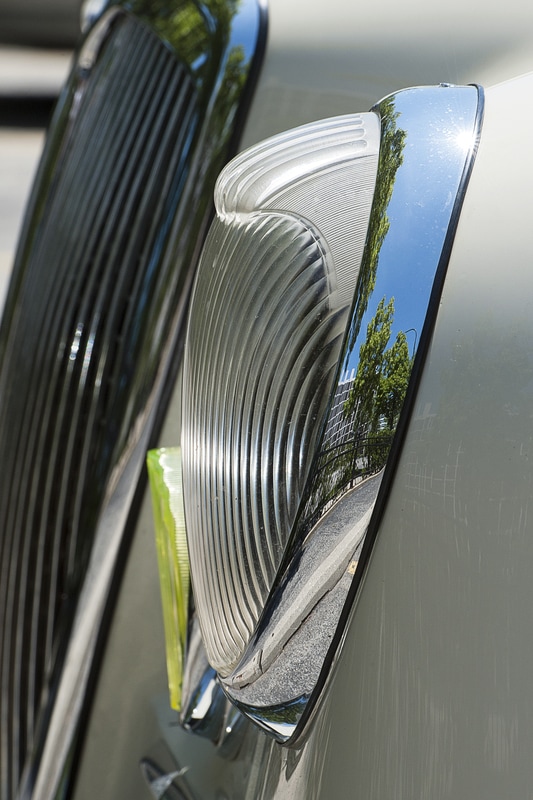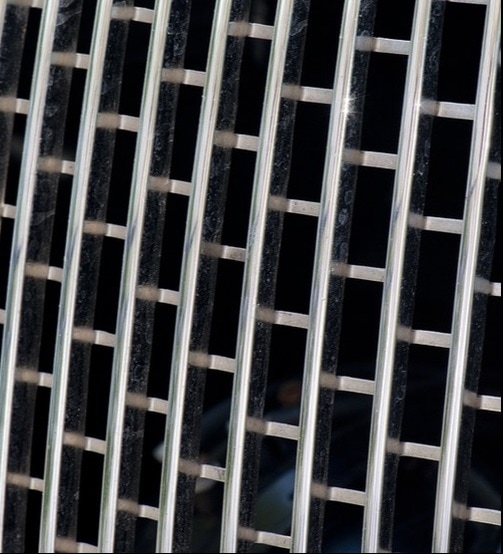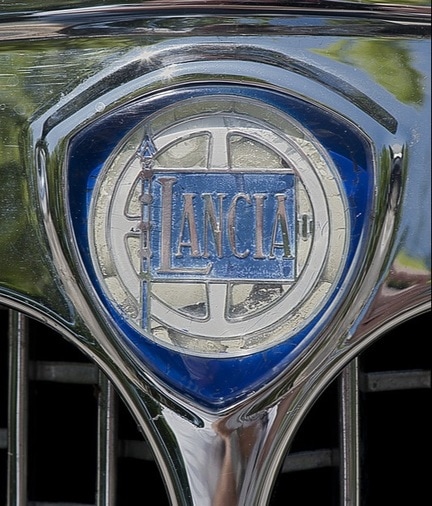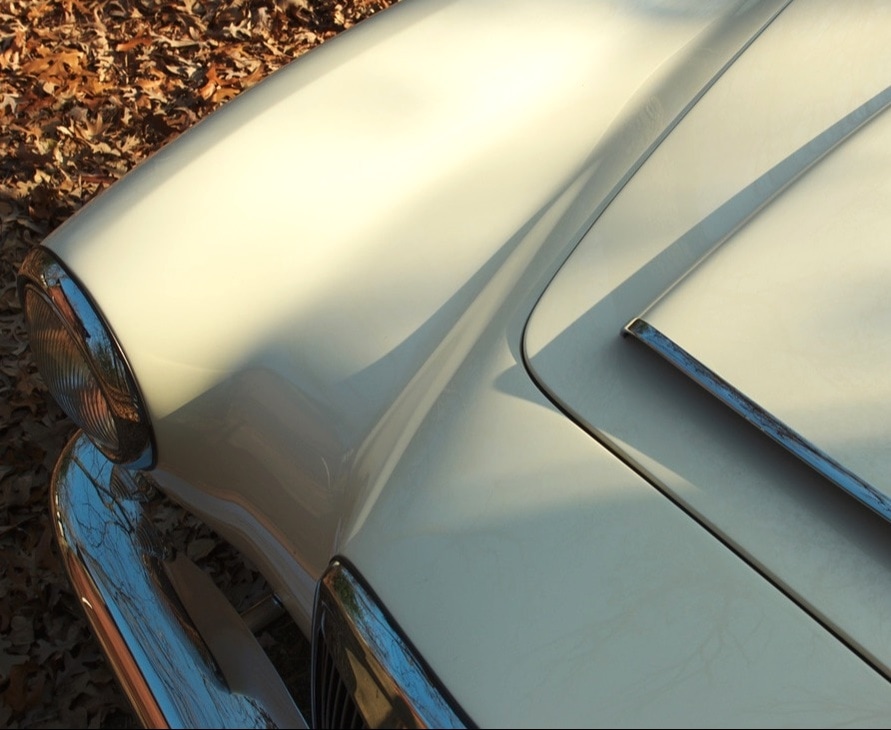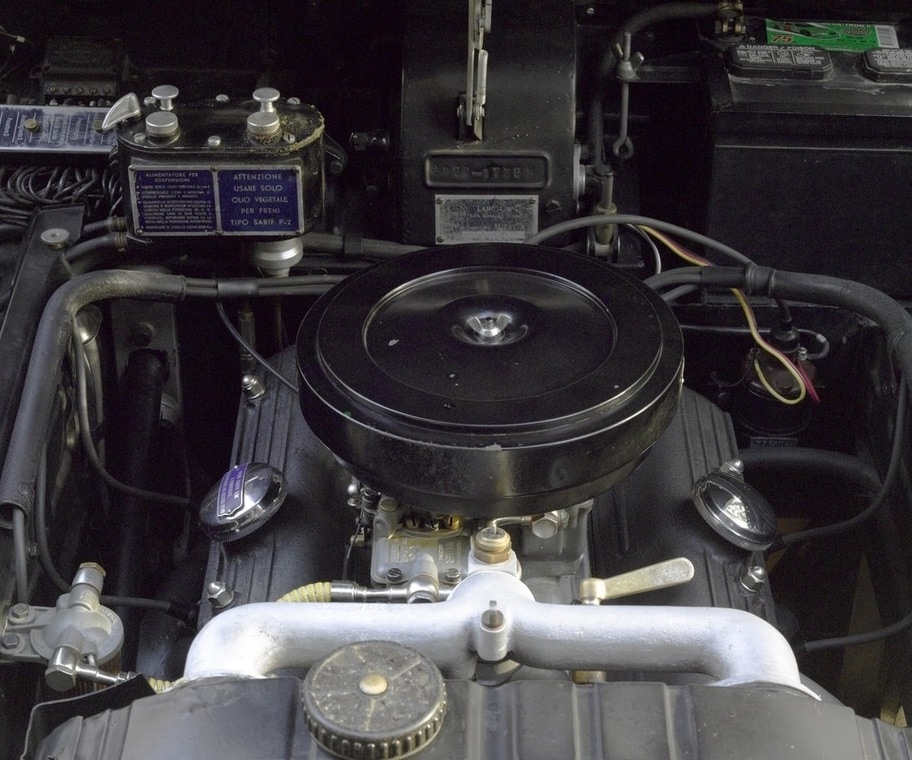Lancia Aurelia
|
|
Build Quality |
|
One of the more compelling parts of the Aurelia is its build quality. People not familiar with Lancias are amazed to see the sheer excellence in the manufacture of the cars. This excellence is often first experienced through the gentle snick of the B20 doors, and its sophisticated sound of closing precisely without shake or rattle, giving a profound sense of assurance.
The eye is drawn to the interior inside a B20, where one finds big gauges, rubber mats, careful headliner and seat detailing. Its like the Ferrari you may have known, but here the feeling is more relaxed. Its not the use of luxury to show you how special the car is - rather every decision was made for a different purpose, to serve . It is designed for you to use and live with, not for you to fit it. And that, in a nutshell, is what Lancias are all about. Little details help fulfill that goal - as the door handle folds out of the way of your leg, ashtrays are self-cleaning, and window cranks have springs to cushion the end of their winding cycle is not abrupt. Pulled into an understanding with the car, this is not a quick date, a flashy romance leading to later disappointment. Rather, this is a relationship grows over time, and the more you know, the more you appreciate the decisions made. Materials choices are for the long haul: the fine wool on the seats, the headliner is well detailed, the rubber mats (original ones) fit precisely. Nothing is out of place. Everything does its job well. Body trim is minimal, subtle, and elegant. In the Flaminia sedan, the door handles had rubber inserts so that the fingers would not get cold in the winder. All is balanced. If many panels make the body, you won’t know because there are no joint lines to be seen. Proportion rules. Inside the engine bay, the same aesthetic balance is tempered with choice materials well laid out. Everything has a well-considered place. Systems are clear and well orchestrated. You are participating in something that has been thought through. One person said an Appia was not a car, but rather a piece of machinery, one designed for 30 years of use or longer. Take apart the pieces, be it the front suspension, the brakes, the engines or a trans, and see that nothing left the factory half done. This can be seen in several ways:
Lancias of this time were Italy's definitive line on quality. Follow Fangio, Hawthorne and the others, who knew quality. And we just keep learning. |
site design and content copyright G. Goldberg, images as noted Proudly powered by Weebly
